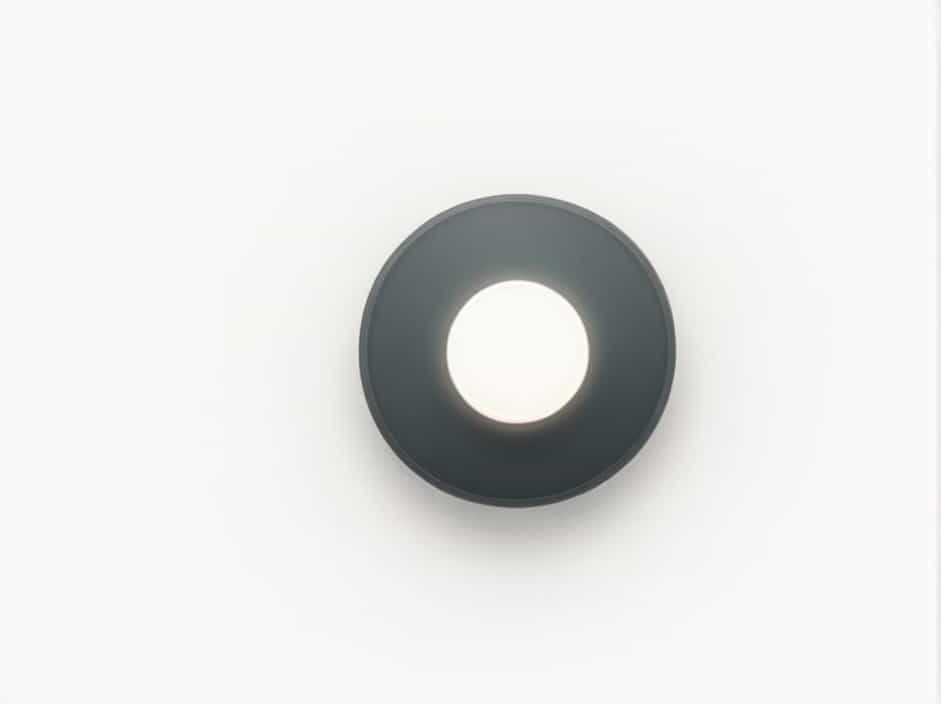Clerestory lighting is a timeless architectural feature that enhances both natural illumination and aesthetic appeal. Found in historical and modern buildings alike, clerestory windows are placed high on walls to allow sunlight to enter deep into interiors, reducing the need for artificial lighting while creating a bright, airy atmosphere.
One of the best examples of clerestory lighting can be seen in iconic structures worldwide, from ancient temples and cathedrals to modern sustainable buildings. This topic explores the history, benefits, and famous examples of clerestory lighting in architecture.
What is Clerestory Lighting?
Definition and Purpose
Clerestory lighting refers to a row of windows positioned above eye level, often near the roofline. These windows allow natural light to enter without compromising privacy. This design is commonly used in churches, museums, and contemporary homes to create a well-lit space without direct glare.
Why is Clerestory Lighting Important?
- Energy Efficiency: Reduces the need for artificial lighting, lowering electricity consumption.
- Aesthetic Enhancement: Adds depth, dimension, and elegance to interiors.
- Ventilation Benefits: In some designs, clerestory windows can be opened for better airflow.
- Even Light Distribution: Eliminates harsh shadows and creates a balanced lighting environment.
Best Examples of Clerestory Lighting in Architecture
1. The Ancient Egyptian Temples
One of the earliest uses of clerestory lighting can be found in Egyptian temples, such as the Temple of Karnak. These temples featured massive stone columns with clerestory windows between them, allowing sunlight to illuminate the grand halls.
Key Features:
- Openings between massive stone pillars
- Natural light filtering through carved openings
- A mystical ambiance, enhancing religious significance
2. Gothic Cathedrals – Chartres Cathedral, France
Medieval architecture perfected the use of clerestory windows, particularly in Gothic cathedrals like Chartres Cathedral in France. The stained glass clerestory windows in these cathedrals created a mesmerizing effect, filling the space with colorful, filtered light.
Key Features:
- High, narrow windows that emphasize verticality
- Stained glass art, depicting biblical scenes
- Illuminates nave and altar areas with divine ambiance
3. The Pantheon, Rome
Though primarily known for its oculus, the Pantheon in Rome also utilizes clerestory lighting in its coffered ceiling design. The play of light within this ancient structure showcases the brilliance of Roman architectural ingenuity.
Key Features:
- Strategic placement of light openings
- Enhances the sacred and monumental feel of the space
- Contributes to natural temperature regulation
4. Frank Lloyd Wright’s Fallingwater
A modern masterpiece, Frank Lloyd Wright’s Fallingwater incorporates clerestory windows to blend indoor and outdoor spaces seamlessly. These windows allow sunlight to pour into living areas while maintaining a strong connection to nature.
Key Features:
- Integration of nature and architecture
- Expansive clerestory windows for maximum natural light
- Enhances the feeling of openness and tranquility
5. The Sydney Opera House, Australia
The Sydney Opera House is another modern example where clerestory lighting plays a significant role. The high windows allow daylight to highlight the intricate details of its sail-like structure, creating a dynamic interplay of light and shadow.
Key Features:
- Innovative roof design with clerestory elements
- Maximizes natural illumination for event spaces
- Enhances the building’s iconic and futuristic appeal
6. The United Nations Headquarters, New York
The UN Headquarters in New York uses clerestory lighting in its General Assembly Hall, ensuring that the massive interior remains well-lit without excessive artificial lighting.
Key Features:
- Large clerestory windows for balanced, even lighting
- Supports sustainability and energy efficiency
- Enhances the modern, functional aesthetic of the structure
Benefits of Clerestory Lighting in Modern Buildings
1. Enhancing Natural Light Without Glare
One of the biggest advantages of clerestory lighting is that it allows natural light to penetrate deep into a building without the discomfort of direct glare.
2. Energy Savings and Sustainability
By reducing the need for artificial lighting, buildings with clerestory windows can significantly cut down energy costs and carbon footprints.
3. Improved Air Circulation
When designed with operable windows, clerestory lighting also contributes to natural ventilation, allowing warm air to escape and improving indoor air quality.
4. Architectural Beauty and Spacious Feel
Clerestory windows create a sense of grandeur and openness, making spaces feel larger and more inviting.
How to Incorporate Clerestory Lighting in Modern Homes
1. Living Rooms and Open Spaces
Modern homes can integrate clerestory windows in living areas to create a bright and welcoming atmosphere while maintaining privacy.
2. Office Spaces and Commercial Buildings
Offices can benefit from clerestory lighting as it helps to reduce eye strain and improve productivity by ensuring a well-lit workspace.
3. Green and Sustainable Designs
Pairing clerestory lighting with solar panels, green roofs, and passive cooling techniques can make buildings more eco-friendly.
Clerestory lighting is a powerful architectural tool that has been used for centuries, from ancient temples and medieval cathedrals to modern sustainable buildings. It not only enhances natural lighting but also contributes to energy efficiency, ventilation, and aesthetic appeal.
Whether seen in historical landmarks like the Temple of Karnak and Chartres Cathedral or modern masterpieces like Fallingwater and the Sydney Opera House, clerestory windows continue to define brilliant architectural design.
